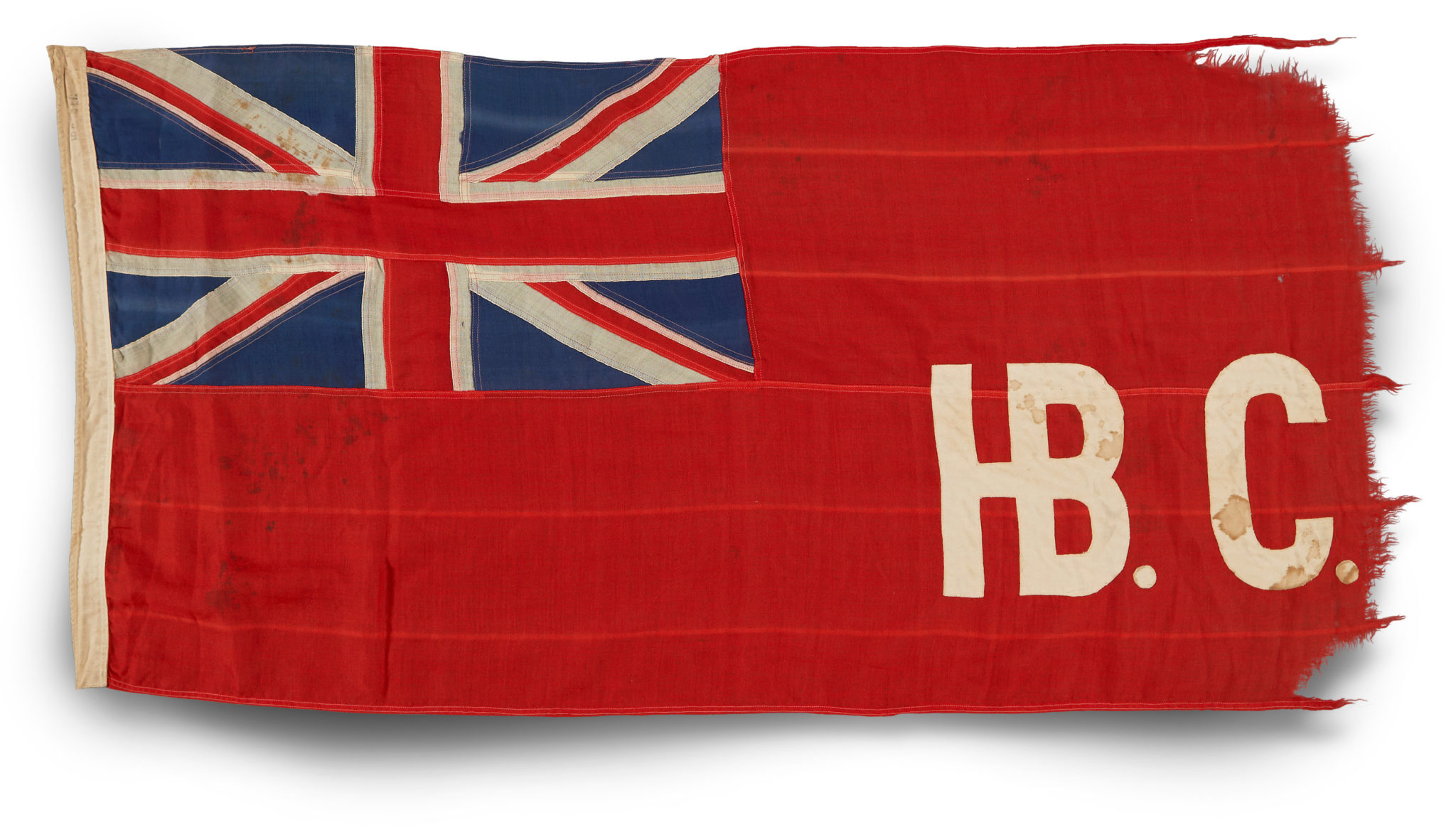The Unexpected Rise Of A Chocolate Bar: A Case Study In Inflation

Table of Contents
The Role of Commodity Prices in Chocolate Bar Inflation
The price of a chocolate bar isn't simply determined by the whims of manufacturers; it's intricately linked to the cost of its raw materials. Several key commodities contribute significantly to the overall price increase.
H3: Cocoa Bean Prices: Cocoa bean price volatility is a major driver of chocolate bar inflation. Fluctuations are influenced by a complex interplay of factors.
- Weather Patterns: Droughts and extreme weather events in major cocoa-producing regions like West Africa drastically reduce yields, leading to price spikes. The 2022 drought in Ivory Coast, for instance, significantly impacted global cocoa bean supply.
- Geopolitical Instability: Political unrest and conflicts in cocoa-growing nations can disrupt harvests and transportation, causing shortages and price increases.
- Supply Chain Disruptions: Global supply chain issues, exacerbated by the pandemic and geopolitical events, contribute to delays and increased costs in getting cocoa beans from farm to factory.
H3: Sugar and Dairy Costs: Sugar and milk are crucial ingredients, and their price increases directly translate to higher chocolate bar production costs.
- Sugar Price Inflation: Rising energy prices, coupled with fluctuating global sugar production, have driven up sugar costs considerably in recent years.
- Dairy Commodity Prices: Increased feed costs for dairy cattle and fluctuating milk production levels contribute to higher dairy prices, impacting the cost of milk solids used in many chocolate recipes.
H3: Packaging and Transportation: The cost of getting the chocolate bar to the consumer is also impacted by inflation.
- Packaging Material Inflation: The price of aluminum foil, cardboard packaging, and other materials has increased significantly, adding to production costs.
- Transportation Costs: Rising fuel prices and increased transportation costs due to supply chain bottlenecks add to the final price. Increased trucking and shipping fees directly impact the cost of getting the finished product to shelves.
The Impact of Currency Fluctuations and Global Trade
Global trade plays a crucial role in chocolate bar pricing, magnifying the impact of inflation.
H3: Exchange Rate Volatility: Many cocoa beans and other ingredients are imported, making chocolate production vulnerable to exchange rate fluctuations.
- The weakening of the US dollar, for example, can make imported cocoa beans more expensive for manufacturers in dollar-denominated markets.
- Conversely, a strengthening dollar can benefit importers but might harm exporting countries.
H3: Tariffs and Trade Wars: Tariffs and trade disputes can significantly increase the cost of importing raw materials.
- Trade wars between major economies can lead to increased tariffs on cocoa beans and other ingredients, making them more expensive for chocolate manufacturers.
- Trade restrictions can also disrupt supply chains, leading to shortages and higher prices.
Consumer Behavior and Demand
Consumer choices also play a role in chocolate bar pricing.
H3: Premiumization and Brand Loyalty: The growing trend towards premium chocolate bars and strong brand loyalty allows manufacturers to charge higher prices for perceived quality.
- Consumers are increasingly willing to pay more for ethically sourced, high-quality chocolate, driving up the average price.
- Strong brand loyalty allows established brands to maintain higher price points despite rising production costs.
H3: Elasticity of Demand: Chocolate's position as a relatively inelastic good—meaning demand doesn't change drastically with price increases—allows for greater price flexibility.
- While some consumers might reduce their chocolate consumption due to rising prices, many will continue to purchase their preferred brands, creating a relatively stable demand.
- This inelasticity allows manufacturers to pass on increased costs to consumers without experiencing a significant drop in sales.
Conclusion: Understanding the Chocolate Bar's Inflationary Story
The seemingly simple rise in chocolate bar prices offers a compelling case study of how global inflationary pressures affect everyday goods. From fluctuating commodity prices and supply chain disruptions to currency volatility and consumer behavior, numerous factors intertwine to determine the final price on the shelf. Understanding these interconnected elements is crucial for navigating the broader economic landscape of inflation and its impact on the cost of living. To further explore this topic, research "inflation and the cost of living," "inflation's effect on food prices," or delve into specific studies on the "inflationary impact on chocolate bar prices." By understanding these dynamics, you can better manage your personal budget and make informed choices in a world grappling with inflation.

Featured Posts
-
 1 Million Debt Erased Michael Sheens Charitable Act
May 01, 2025
1 Million Debt Erased Michael Sheens Charitable Act
May 01, 2025 -
 New Photo Prince William In Deep Thought At Kensington Palace
May 01, 2025
New Photo Prince William In Deep Thought At Kensington Palace
May 01, 2025 -
 Controversy Surrounds Michael Sheens 1 Million Documentary
May 01, 2025
Controversy Surrounds Michael Sheens 1 Million Documentary
May 01, 2025 -
 Aircraft Carrier Incident Us Navy Investigates 60 Million Jet Loss
May 01, 2025
Aircraft Carrier Incident Us Navy Investigates 60 Million Jet Loss
May 01, 2025 -
 Preserving History Hudsons Bay Artifacts Complement Manitoba Donations
May 01, 2025
Preserving History Hudsons Bay Artifacts Complement Manitoba Donations
May 01, 2025
